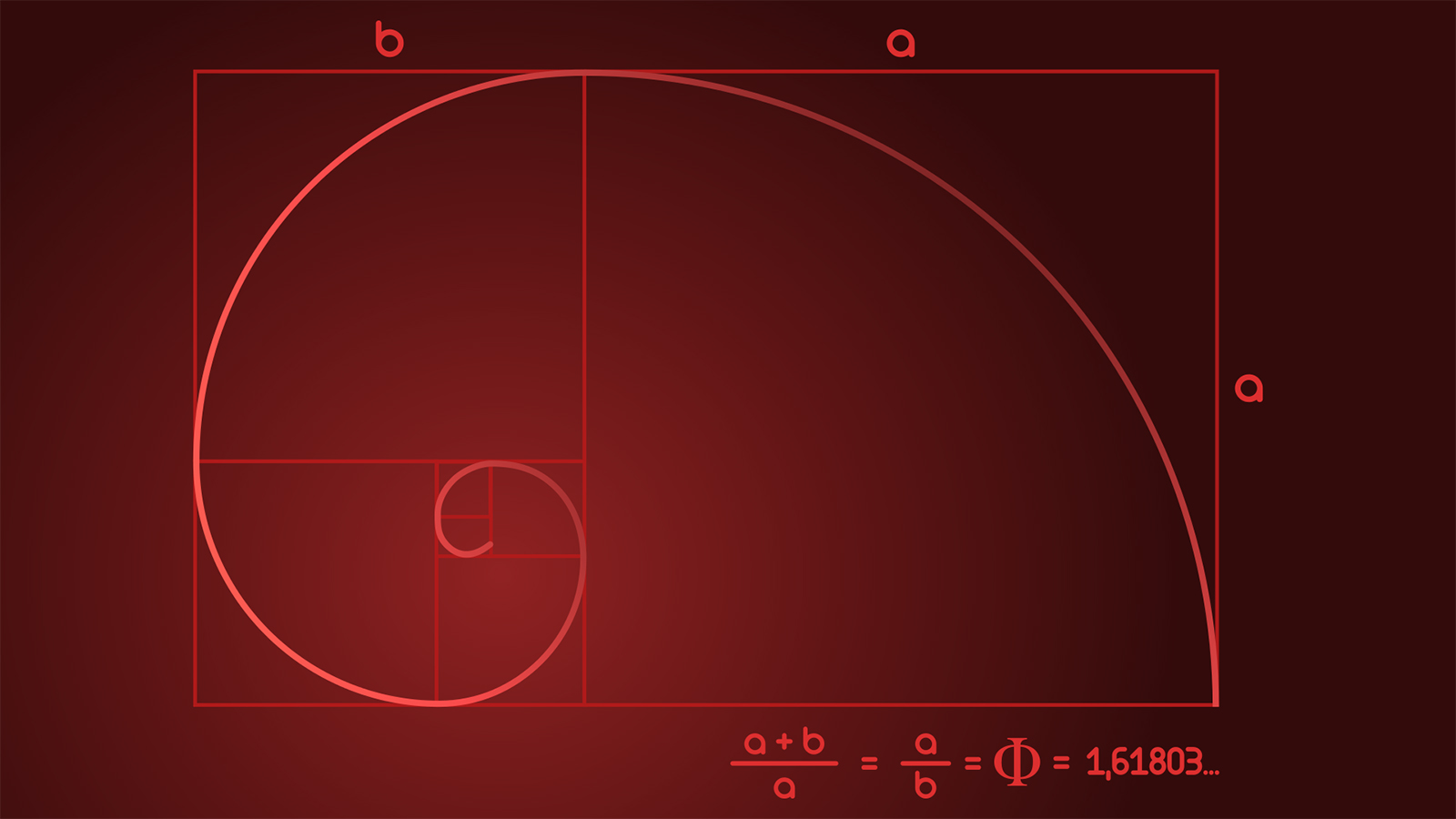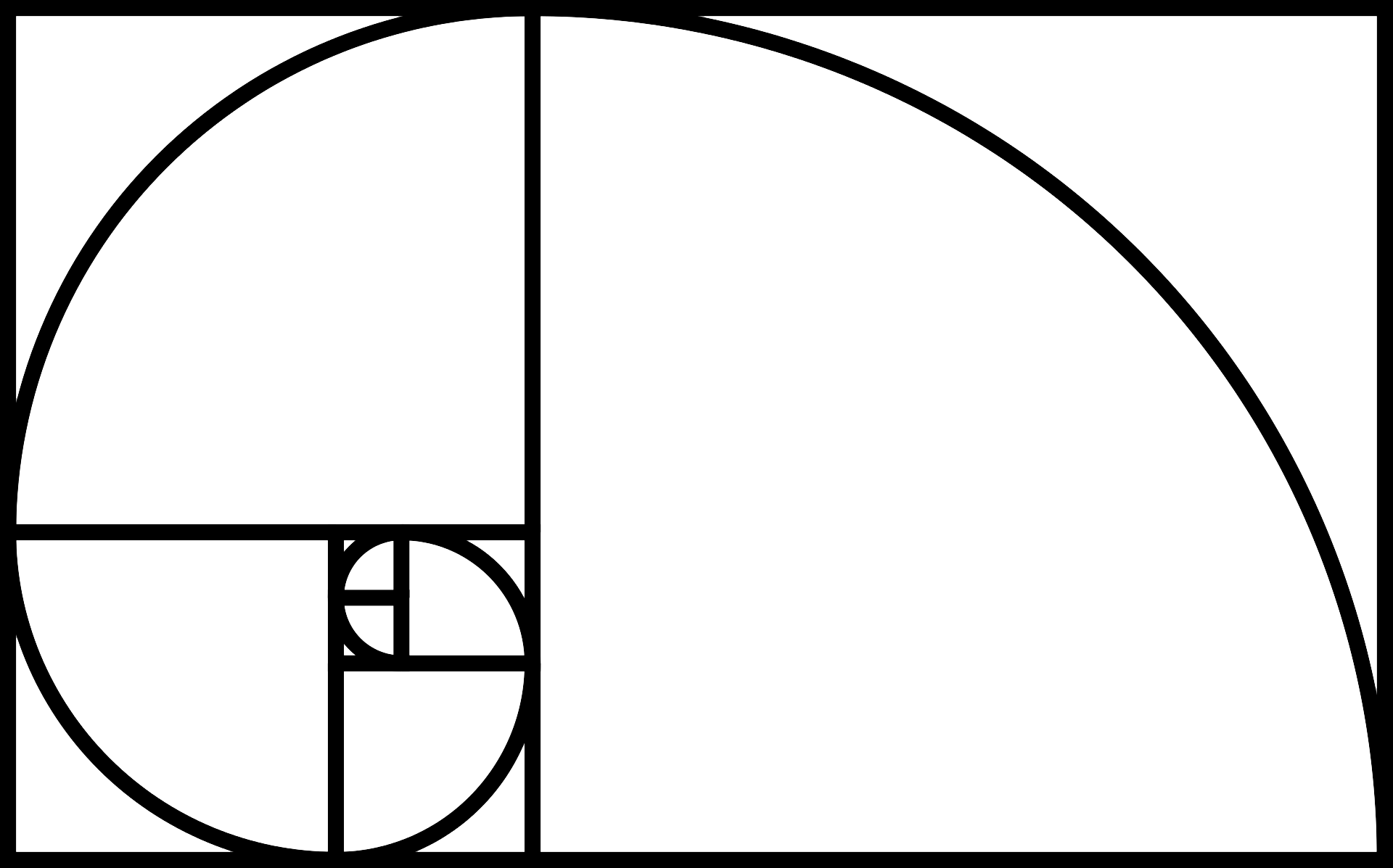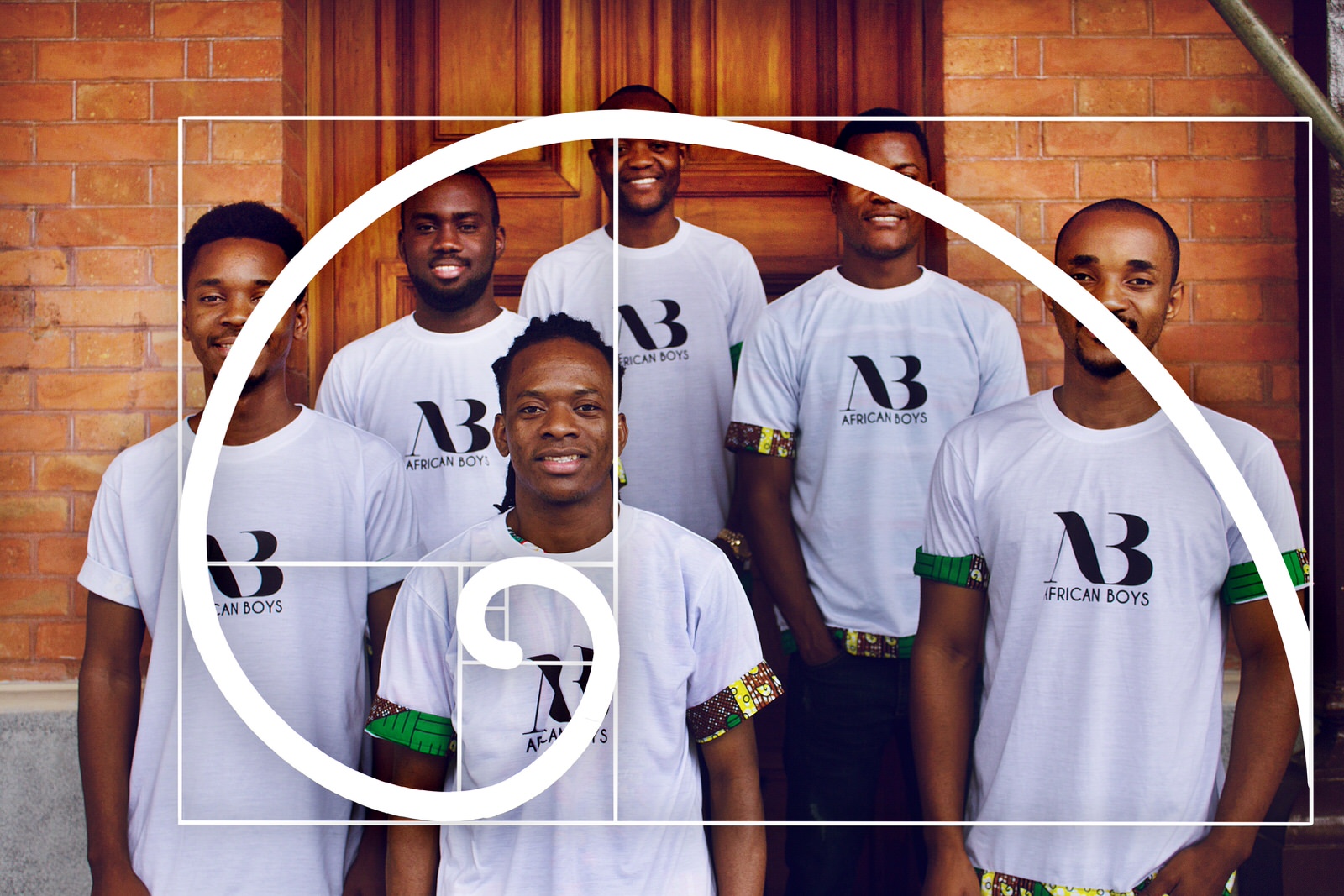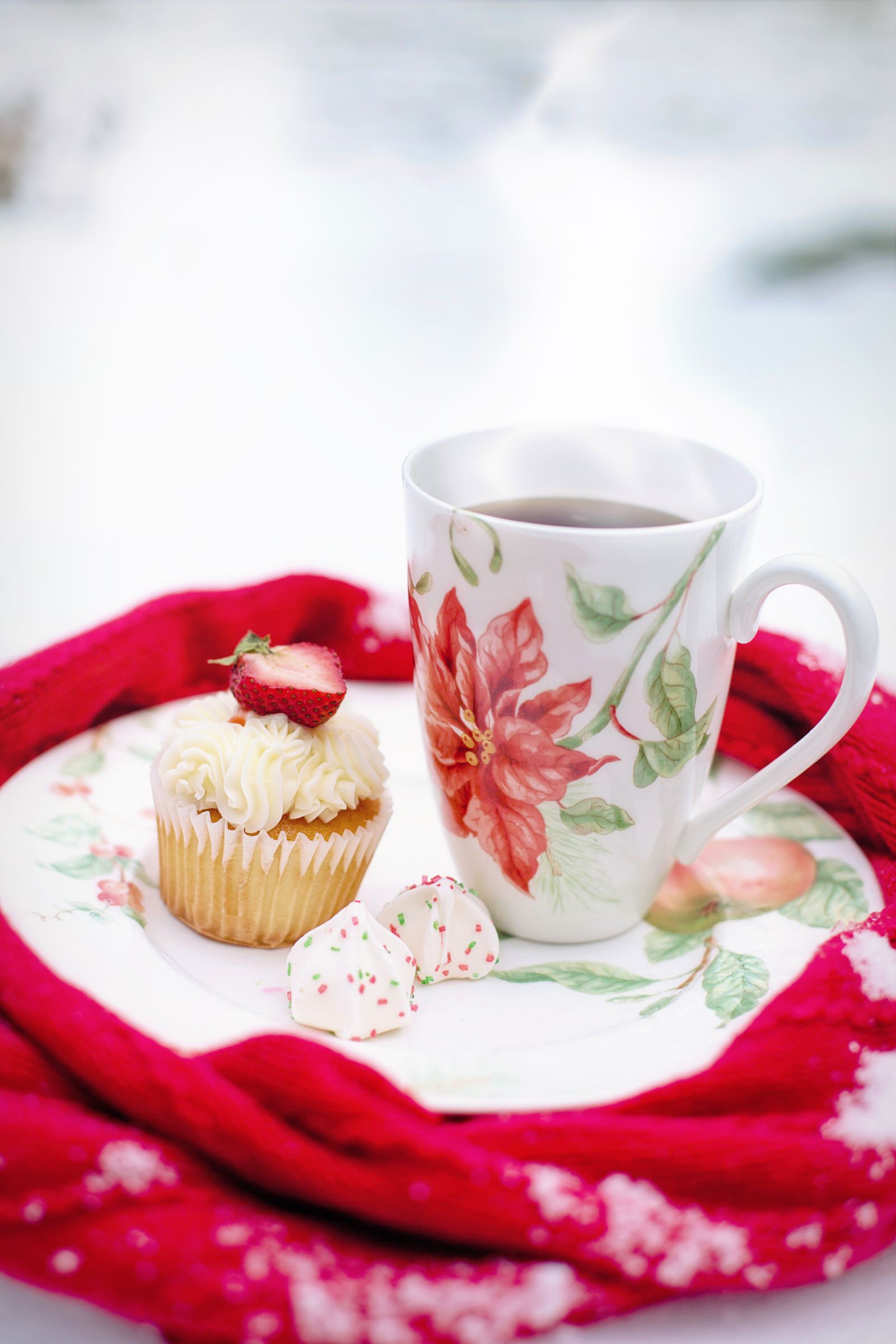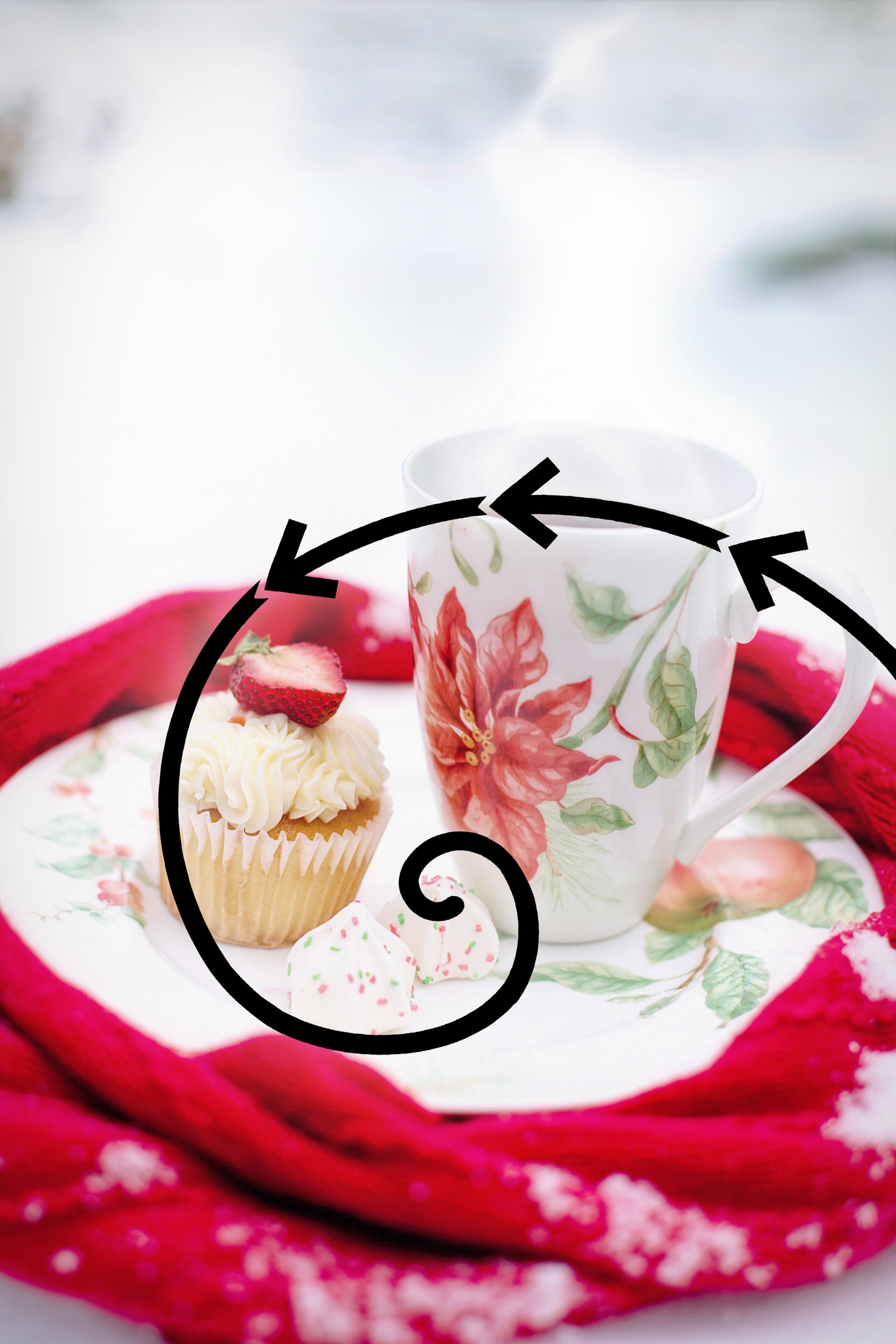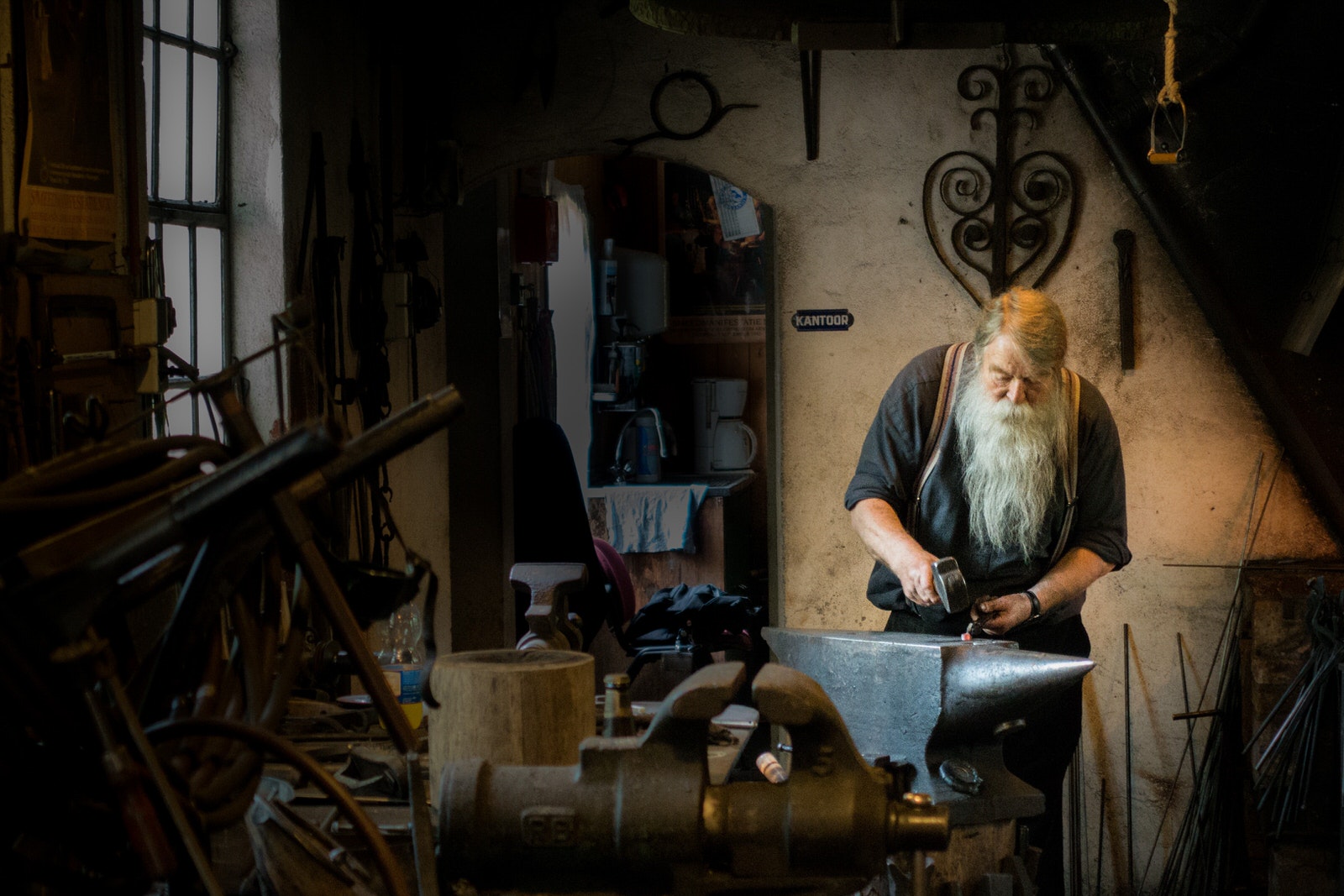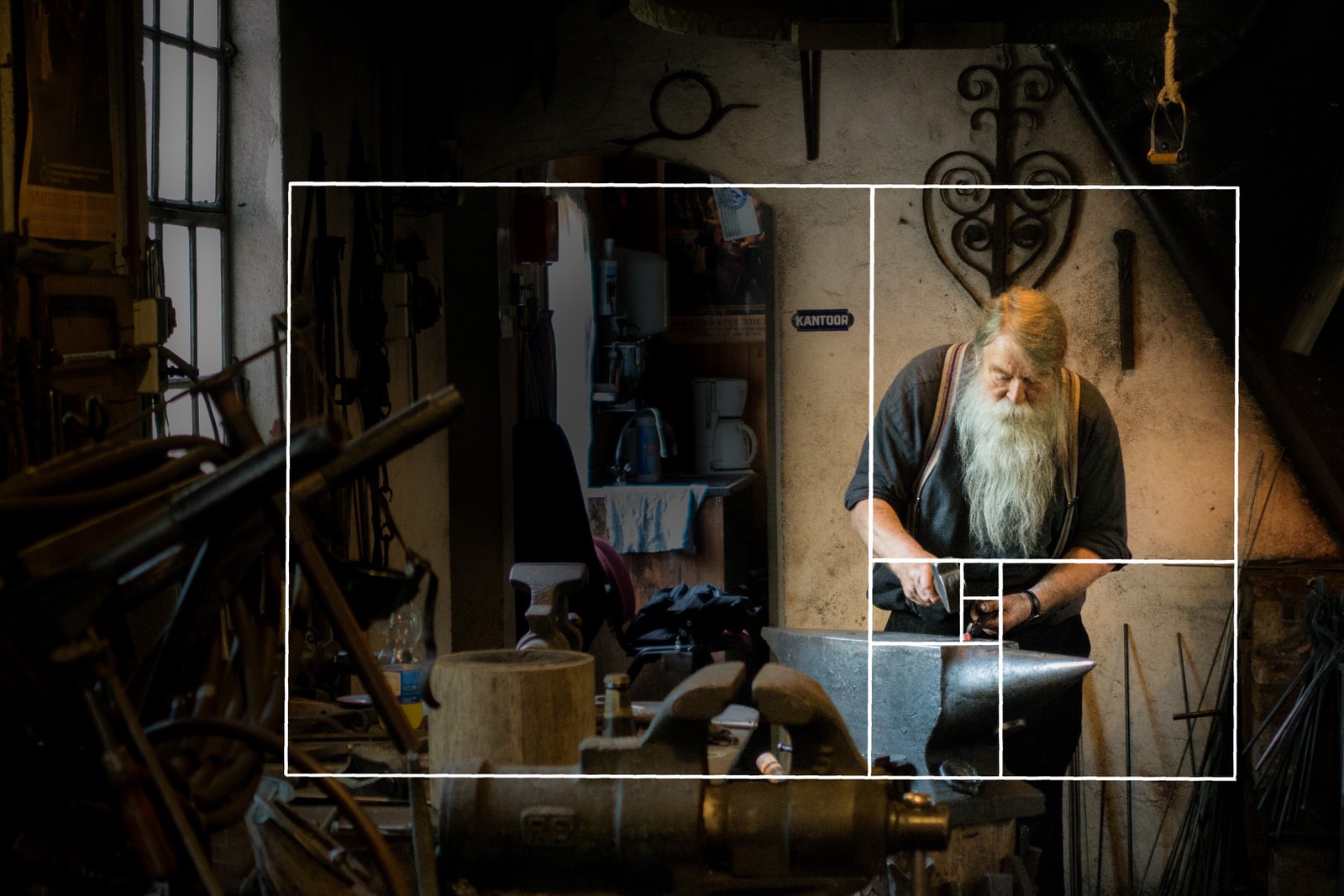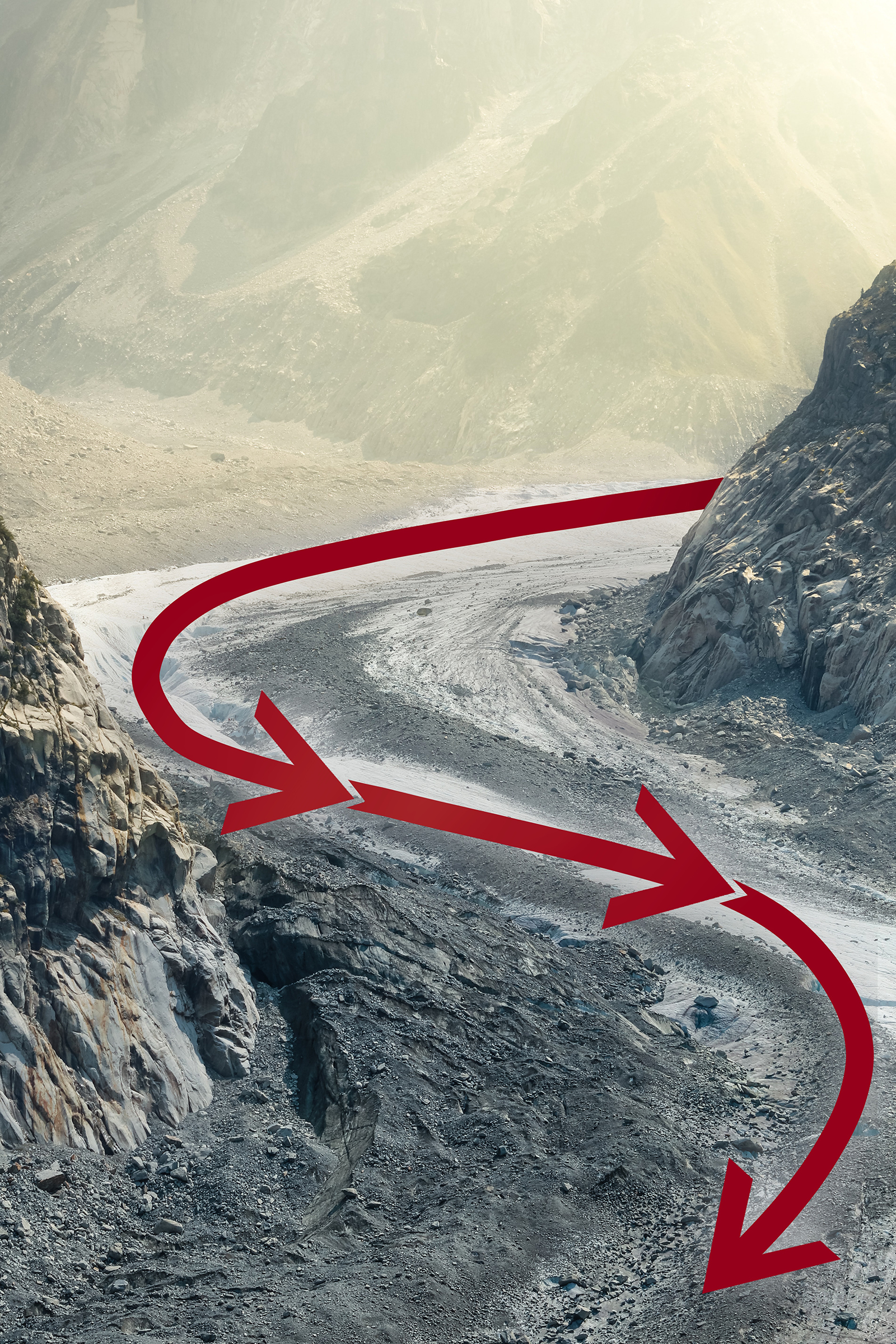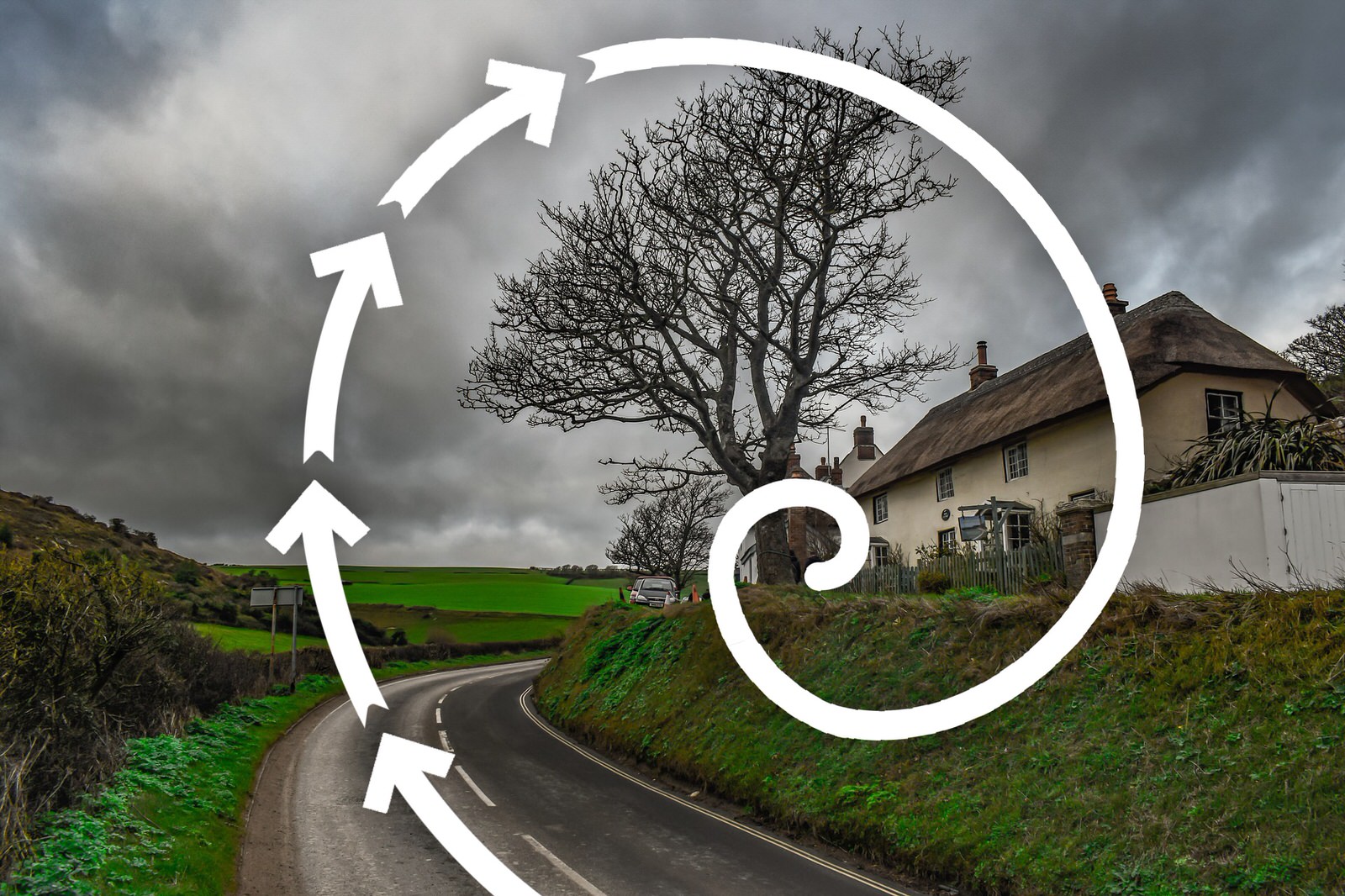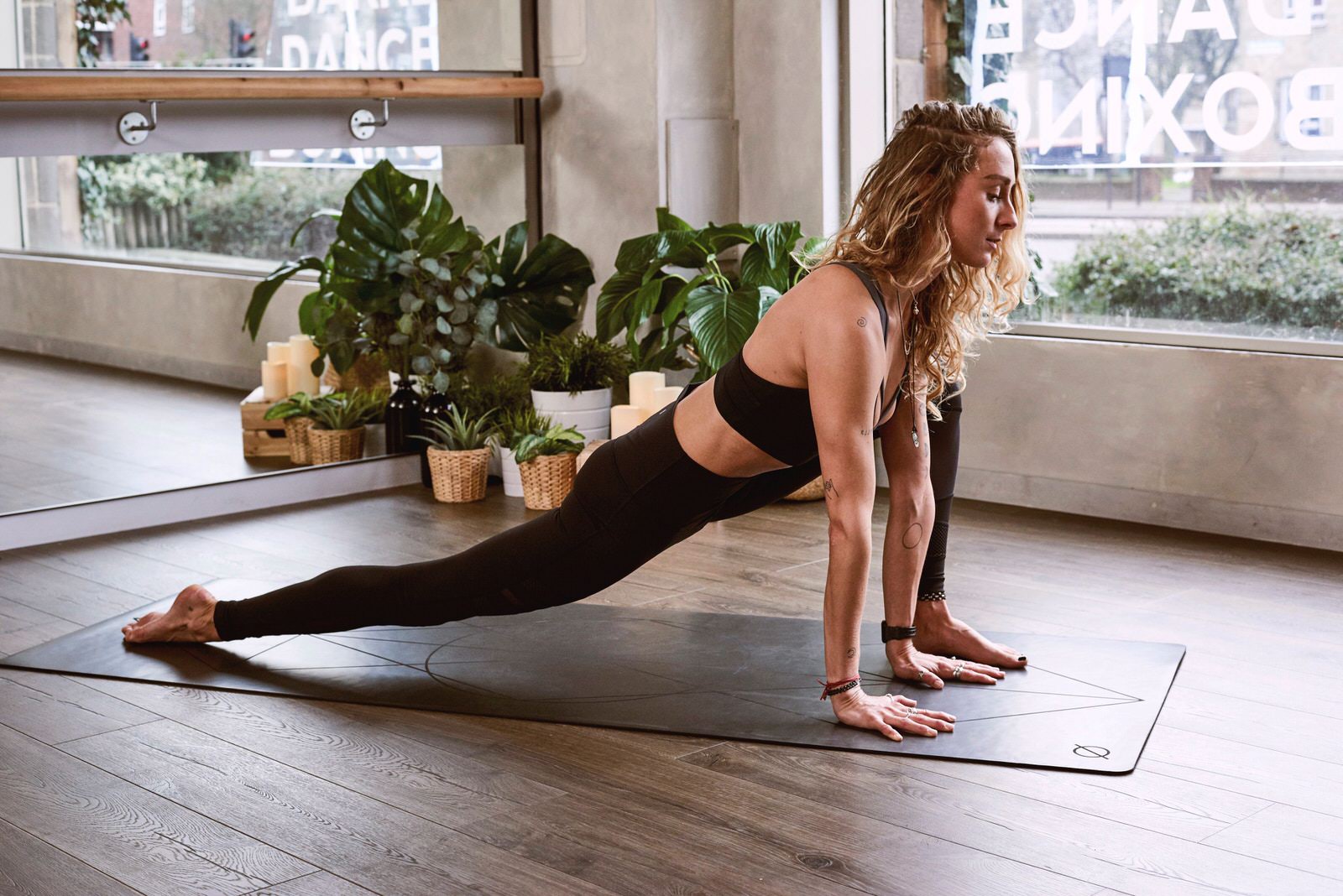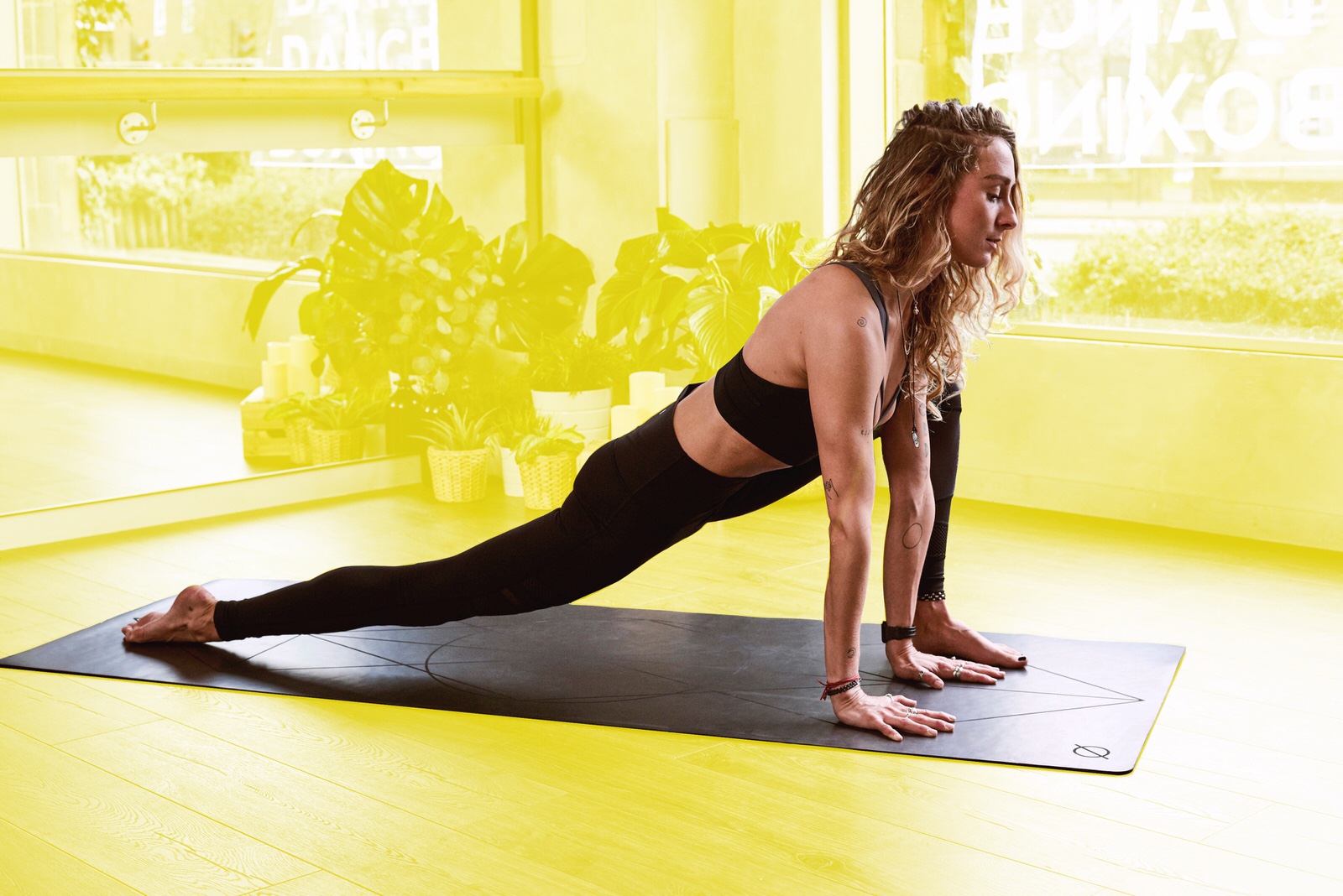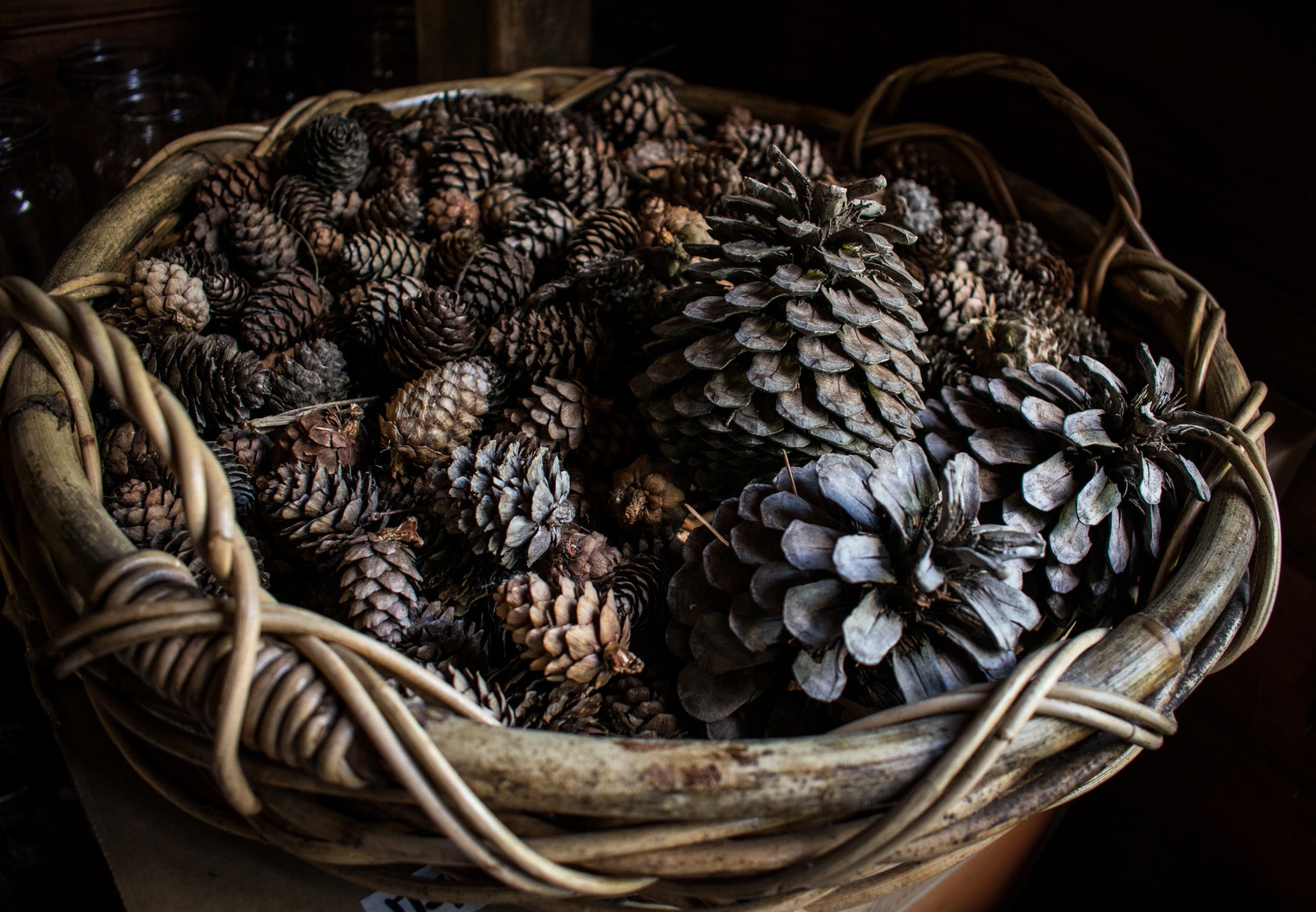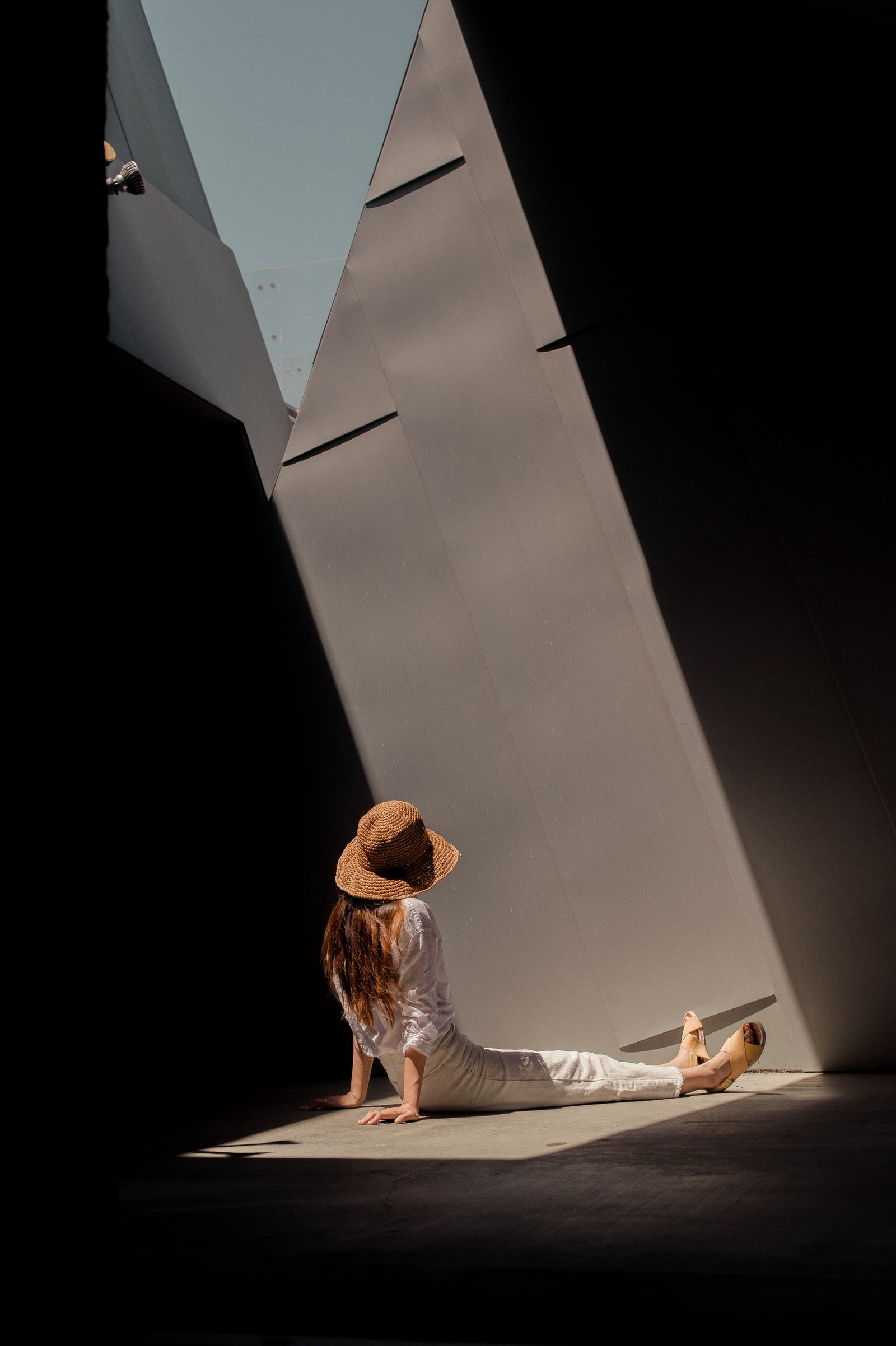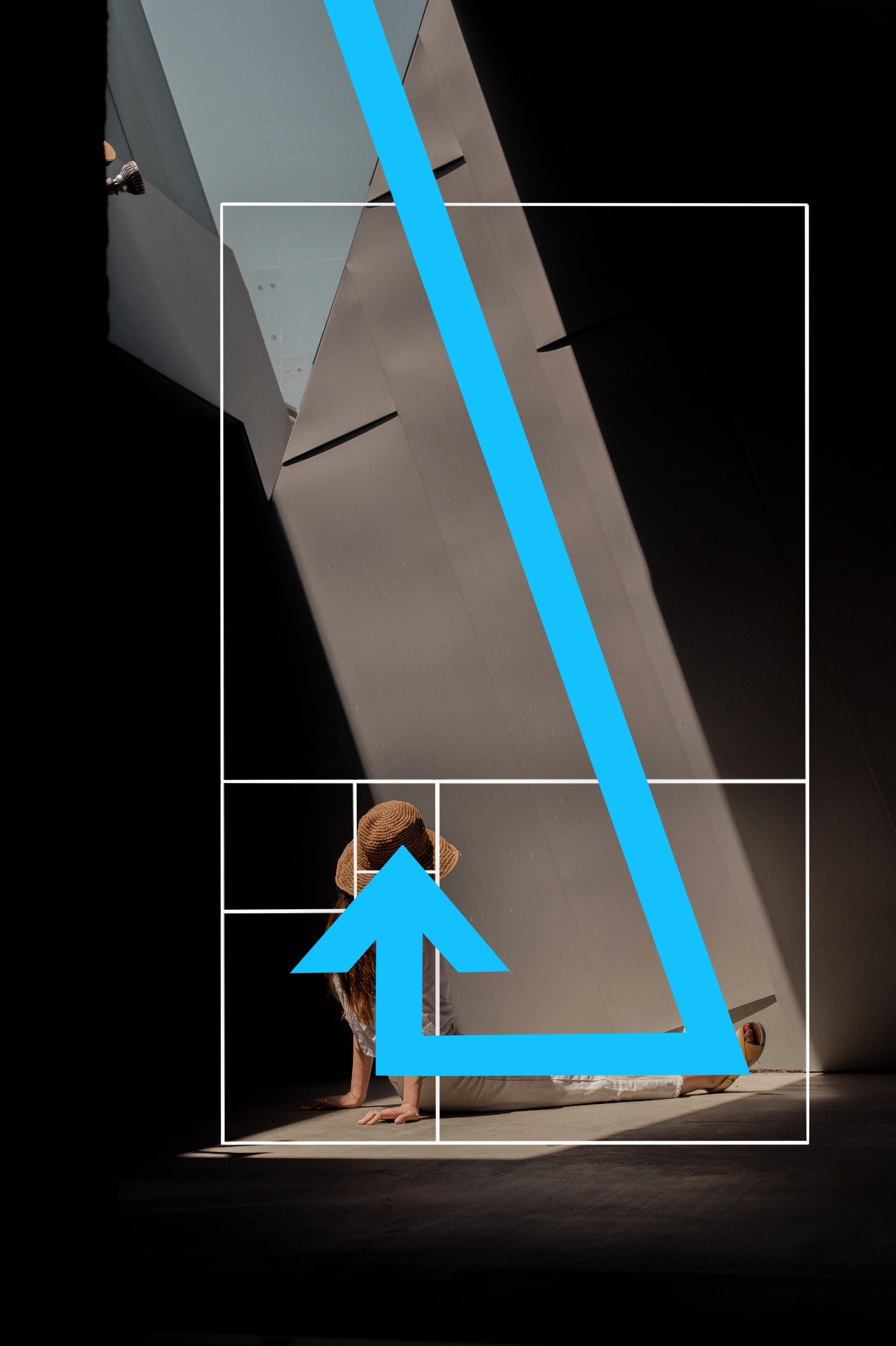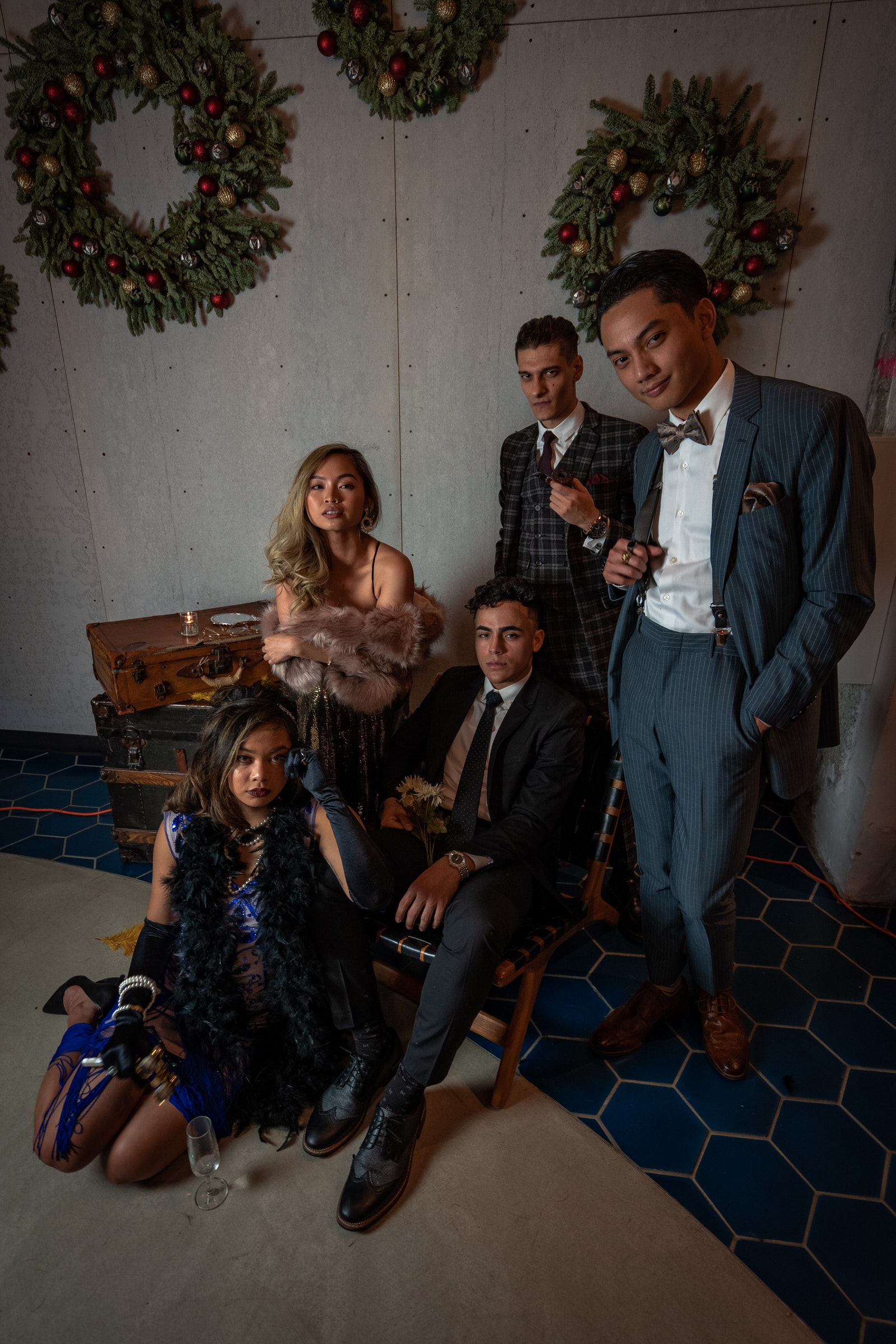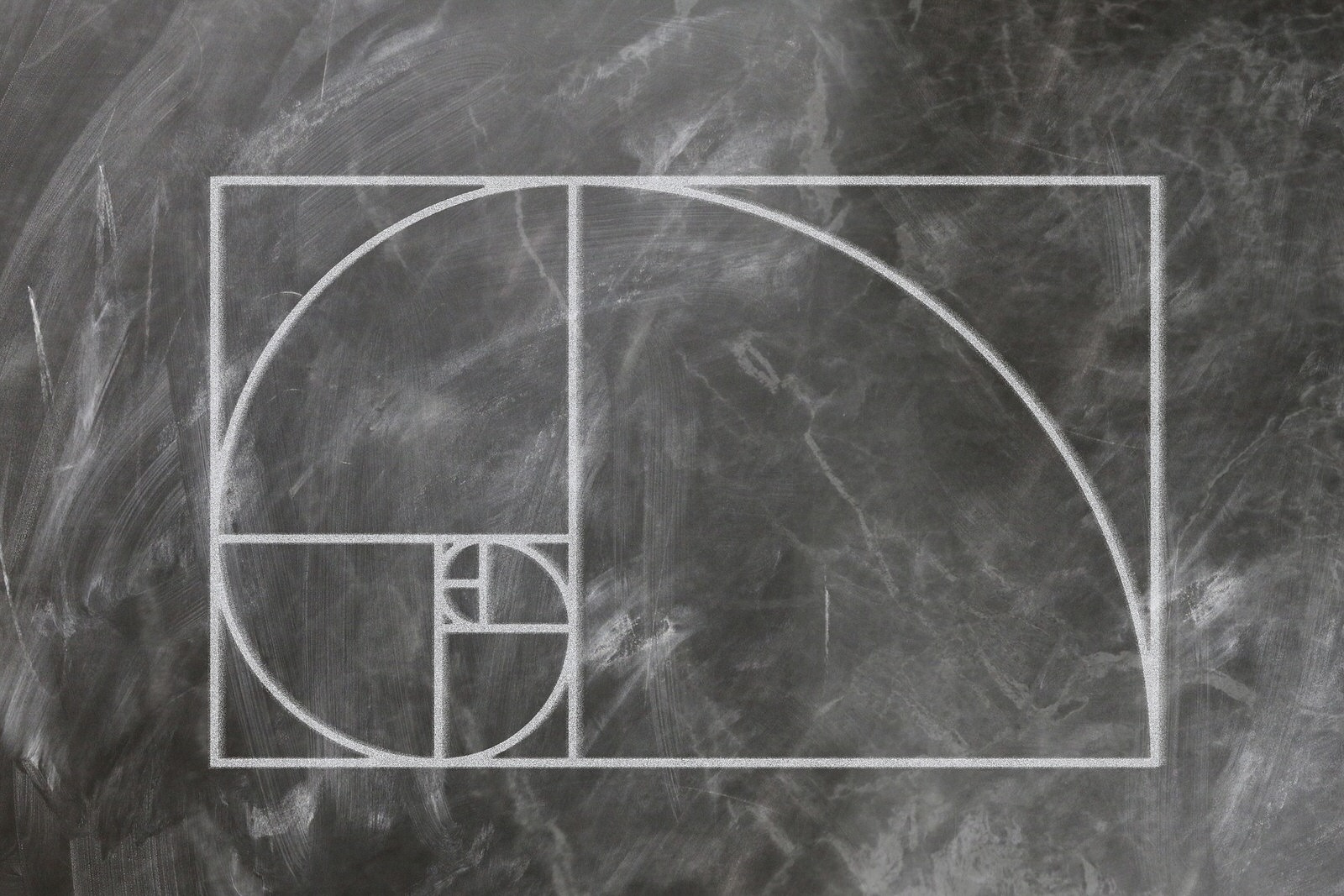
The Golden Ratio/Fibonacci Sequence: What It Means to Photographers
Beginner and advanced photographers alike are always discovering new ways to experiment with photographic composition. We look for rules of composition during shooting and editing, take courses on the concepts involved, and examine the works of famous photographers, illustrators, and painters in order to determine how they used these ideas to their advantage.
The Golden Ratio, also known as the Fibonacci Sequence, is one of the least understood of the rules of composition. What is it? What does it do? How can we use it? Here, we’ll answer those questions and more.
Fibonacci Sequence and Golden Ratio
You may give a little shudder at the thought of doing math when all you want to do is take amazing pictures, but the Golden Ratio and the Fibonacci Sequence are related to each other visually and can be defined mathematically as the same idea. It’s a compositional two-fer!
First off, let’s get the raw math out of the way. The golden ratio is described by taking a line and dividing it into two parts so the long part divided by the short part is also equal to the whole length divided by the long part. The actual number used to describe the symbol is an irrational number that repeats infinitely, 1.6180339887498… and so on.
The relationship between the math and the shape is seen here:
Makes me irrational, let me tell you! But compositionally, it has a very pleasing effect. This ratio can be seen in architecture both classic and modern, as well as in natural structures.
This concept is also known as the Fibonacci spiral, which is extremely simple to describe both mathematically and visually. It is a sequence of numbers wherein the next number is found by adding up the two numbers before it. So, 0, 1, 1, 2, 3, 5, 8, 13, 21, 34, and so on. A lot easier than the previous equation.
Using Golden Ratio and Fibonacci Sequence in Photography
Why are the Golden Ratio and Fibonacci Sequence so important in photography? It really comes down to balance and patterns versus chaos. From galaxy clusters to subatomic particles, almost everything around us fits into a pattern. So it is a very normal reaction to look for and create patterns in the world around us.
You can find this sequence all over in nature. The petals of a growing flower, a pinecone, the shell of a sea snail, a spider’s web, and leaves on a shrub or tree all follow this sequence. If you are near any sunflowers, take a close look at one. I find the visual of the sunflower exemplifies the concept of the Golden Ratio and Fibonacci Sequence.
You can find occurrences of the Golden Ratio all around you if you look for them. But how do you make it work for your own compositions? Part of the answer to this is to have a good idea of exactly what the Golden Ratio is in the first place. You can do this by giving yourself a visual exercise.
Take a trip out without your camera to see how many times you can spot the ratio and the spiral in nature and in architecture. Bring along a notepad to make sketches. What you will be rewarded with is an appreciation of this fantastic compositional tool and the ability to see it when it occurs in front of your lens.
Next, give yourself a photographic assignment. Find all the naturally occurring and man-made Golden Ratios within, say, five miles of your home or studio. Take pictures of them and print them out. They don’t have to be printed on photo paper; for this exercise, regular copy paper will suffice.
Now for the tricky part. Draw or print yourself out a Fibonacci spiral or a lines and blocks version. You can print out these images:
Take the prints of your pictures and overlay the graph on the print. You could also draw the spiral right on the print, connecting the curves from small to large.
This exercise will firmly cement in your mind’s eye what the Golden Ratio is and how it works. Once you have this concept down, you can start putting it to work purposefully.
Create Your Own Golden Ratios
This compositional technique can also be used in portraits. Group portraits lend themselves to it almost naturally. Unless you’re simply lining people up or grouping by short to tall, you are likely already employing Golden Ratio in your group shots. How is this so?
When groups are comfortable with each other and comfortable with the photographer, they tend to naturally gravitate towards this golden ratio as they gather for the portrait. Just a little direction from you as the photographer is all that is needed to fine tune for a pleasing arrangement.
As you look through your viewfinder, take note of how everyone is naturally adjusting themselves into smaller groups within the larger group. You can take this natural tendency and tweak it to enhance the spiral by adjusting their head and shoulder positions within the frame.
Your fine art still life images and even your small product photography can benefit from following the Fibonacci Sequence. As you arrange the elements of your image together, you again will find yourself naturally leaning towards the Golden Ratio. Before you know it, you will be an expert in creating your own Golden Ratio compositions.
They’re More Like Guidelines, Anyway
That’s right, “rules” of composition such as the Golden Ratio are a lot like the Pirate’s Code. Largely unenforceable, but helpful for reference. For every great photograph you see that follows a rule, you can find another arresting image that breaks it.
However, it is a very good idea for any photographer to know what the rules (or guidelines) are in the first place. Understanding these rules and the reasons why they work in many situations gives us insight into what really matters: composing a good image.
Pro Tip
The rules that work for photography also transfer well for cinematography and videography, though you may have to tweak them a bit for the wider aspect ratios that are common in filmmaking.
Feel Free to Mix and Match!
There are compositional rules that can be used for a wide variety of subjects and situations. The Golden Ratio or Fibonacci Sequence can be added to other rules of composition we already know. A few compositional elements that fit seamlessly with the Golden Ratio include the Rule of Thirds, S curves, leading lines, and negative space. Let’s talk about those and a couple more, for good measure.
Rule of Thirds and Golden Ratio
The Rule of Thirds is probably the most cited of all of the rules of photographic composition. What this rule does is make the balance of the scenic elements more pleasant to view.
When viewing a scene, your eye automatically gravitates to certain parts of that scene. This is almost exactly how the Fibonacci Sequence works! It’s easy to see how the two rules can work together. A fun characteristic of these rules is their built-in versatility. You can use multiple aspects of the Rule of Thirds along with the Golden Ratio.
As an example of combining Rule of Thirds with Golden Ratio, imagine an environmental portrait of a craftsman. Frame it so that the person, full length or ¾ length, is within one of the vertically grouped areas or along one of the vertical lines. Now place their craft or a tool they use on one of the intersection points.
Besides being on several different Rule of Thirds points and lines, the flow of the subject elements also follow the spiral of the Fibonacci Sequence, more or less. In the above image, even the light and dark areas tie the subject into a Fibonacci spiral along with his pose and tools.
Like most images that follow this “rule”, this example isn’t an exact representation of the Golden Ratio. It doesn’t have to be! It just needs to be close enough to make the viewer’s eye follow the curves. The result is an image that creates interest, even tells a story.
S Curves
The letter S has a distinctive shape that likes to pop up in all sorts of compositions. The slow, gradual curve is visually linked to the Golden Ratio. Even when an S curve changes direction to wind back toward where it started, the change is usually quite smooth and graceful. That sense of calm can then permeate the rest of the image. You see this often in nature:
- Rolling hills
- Shifting sand dunes
- Meandering streams
- Gently curving lake and sea shores
But it manifests in man-made structures frequently, as well:
- Railroad tracks
- Roads and highways
- Professional landscaping
- Bike paths and hiking trails
Wow. That’s a lot to ask of a letter! The Fibonacci Sequence is similar to an S curve in terms of the gentle slope we just discussed. The difference is that the spiral curves one way or the other, without reversing back the other direction. By the way, it really doesn’t matter which direction the spiral of the sequence follows. What’s important is the curve itself.
The S curve is a busy compositional tool, because it can do more than just add a touch of grace to our composition. It can also suggest motion. Before photography was even invented, painters were employing the S curve and the Fibonacci Sequence to enhance their art.
Once you start to visualize it successfully, you will find it difficult to unsee S curves and Golden Ratios everywhere you go.
Leading Lines and the Fibonacci Sequence
Leading lines are primarily used to guide the viewer’s gaze toward something within the frame. However, they may also point toward something that is outside the frame, with elements in the image leading you to believe something is there and important.
You can combine leading lines with other compositional tools. For instance, an S curve country lane can bring the viewer’s attention to the cottage at the end of that lane (see that last set of images above). Or, change camera position to accentuate the Golden Ratio within the scene.
These lines can be straight lines or curves, and often they are implied. (An implied line is one that is interrupted in places or composed of different elements coming together, but still leads the eye in a strong direction.) It doesn’t matter what the line is made of, as long as it leads the viewer to something. Along the way, leading lines may create the spiral of a Fibonacci Sequence.
Try to visualize the spiral in this picture of the Golden Gate Bridge. It starts in the hills toward the right and continues over the span of the bridge, curving into the detailed archway on the very bottom left. This is another one of those times when the Golden Ratio is not perfect, but enough of it is in the image to result in a strong visual flow.
Leading lines combined with the Golden Ratio can also be an integral part of the main subject, not merely a tool to lead to a subject. Sort of like a main subject within a main subject.
An example of this technique is useful for portraiture. A person leaning into the frame, arms folded, head resting on hands. The lines of the arms may lead to the face. So, the main subject, the person, has an inner main subject, their face, highlighted by the leading lines. Pose the subject along a Rule of Thirds line or within a Fibonacci Sequence to add impact and importance to the person.
Negative Space in the Golden Ratio
The Golden Ratio and negative space go together hand in hand. A photographer does not need to fill up the entire frame with the subject in order to make an interesting image.
Negative space refers to the “empty” portions of a composition. The section may not be completely unoccupied, but is generally uniform. Think of a person posed against a blank background (textured or not). Although the background isn’t conceptually significant, it supports the visual weight of the subject and still should be considered during shooting.
Photo by theformfitness from Pexels
What really makes negative space work in a photo is when the space takes on a shape or form of its own. This can be fascinating when that shape is something familiar to the viewer such as the Golden Ratio.
In the photo above, the negative space flows as a spiral from under the subject’s body around to in front of her face, and finally over the subject. It’s not exact, but the form, pose, and area all work together to create a pleasing image. The challenge is making sure that the shape created by your negative space isn’t competing with your subject for the viewer’s attention.
Patterns and Repetition
This technique is very closely related (and often complementary) to both leading lines and symmetry. The Fibonacci Sequence, itself, is full of pattern and repetition. Sometimes all it takes is a little shift in camera position or a lens change to use this technique to its full potential.
Let’s go back to the sunflower image. Filling the frame with a close up of that sunflower really shows off that ratio. It almost becomes abstract as you begin to focus on the patterns within it. Plus, it looks cool and makes me happy to see it. Seriously, try it out and show it to your friends.
Diagonal Lines and Triangles
In order to follow the Golden Ratio or Fibonacci Sequence, we can get ourselves stuck in the mindset of curves only. But straight lines and angles have a place in this technique, too! Diagonal lines and triangles lend themselves well to the Golden Ratio.
Photo by Daniel Mingook Kim on Unsplash
Diagonal lines can naturally be a leading line; triangles are a naturally balanced shape. While sometimes seen in nature, these line aspects are found all over cityscapes and architecture. Triangles are also very useful when posing group portraits.
What Good Are Rules Like the Golden Ratio Anyway?
The main purpose of discussing any rule of composition is to get us thinking, feeling, and creating dynamic, evocative images.
Visualize what you are intending to capture in your image. Think about what rules of composition you may use or how breaking any of the rules will lead to a better final image.
Combine rules, use in conjunction with exposure and lighting techniques, recompose when you can, and adjust during post-processing.
What I like to do most of all is to imagine what I will do when I actually take out my camera. Then, when I do trip the shutter, I am fully aware of what rules or guidelines I am using or sidestepping. The result is art and the joy of creating that art.
The Golden Ratio and Fibonacci Sequence may seem like abstract concepts at first glance, but they are important for photographers to know and use. Make the Golden Ratio yourself by creatively posing portrait and group portrait subjects, purposefully arranging elements of a still life or small product, or by changing camera position to capture a Golden Ratio that is already there. Any way you look at it, the Golden Ratio and Fibonacci Sequence are great compositional techniques to start using every time you plan a shoot.

